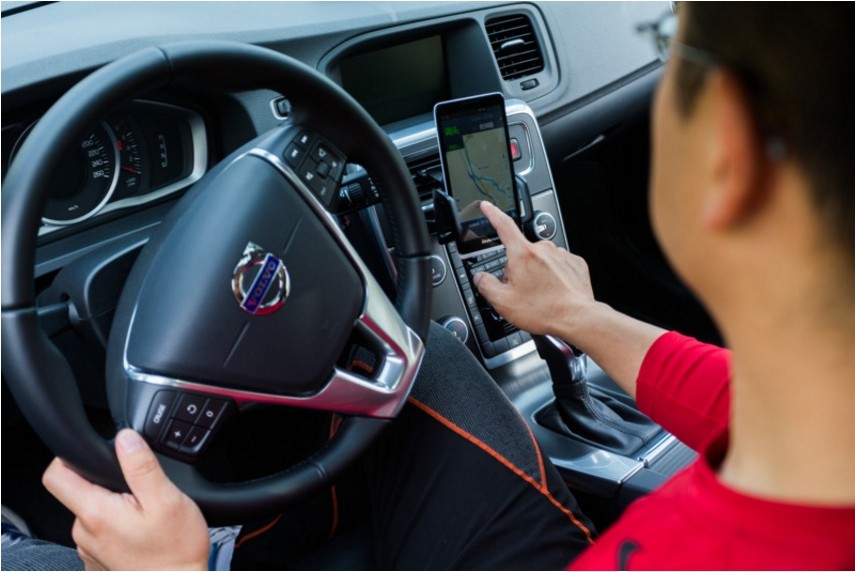The City of Dallas has selected Ericsson’s Advanced Traffic Management System (ATMS) based on Ericsson’s Connected Urban Transport solution for tackling the city traffic. The city has been focusing on an interface that will automate and facilitate system monitoring, management, maintenance and performance monitoring across various departments.
It is said that the Connected Urban Transport solution will enable the City of Dallas and adjacent cities the ability to aggregate and analyze diverse, real-time data from traffic sensors and cameras. This will provide dynamic control of traffic lights, school flashers and message signs. Also, the solution will allow the City of Dallas to expand the knowledge about traffic issues and help in operational decision-making in order to improve the traffic flow.
Highlighting the features, this solution will act as an ecosystem to share data and system services with other organizations in a controlled way. This will help in increasing the performance of other departments, travelers and transport service providers. It will contain a dashboard comprising of a central overview of various agencies to check the status of all systems which will enable quick troubleshooting. Moreover, Key Performance Indicators (KPIs) will assist in monitoring and tracking the city’s goals and suppliers’ performance for carrying out performance and contract management. Lastly, there is an automation control where one system would be able to trigger or notify another system when thresholds are violated. This will enable faster responses and reduced workload.
Jeff Travers, Head of IoT, Ericsson, says: “The quality of a community’s transportation infrastructure is a major factor in business and industry investment decisions. The Dallas metroplex is one of the fastest growing areas in the country. Our Connect Urban Transport solution will enable the city to manage growing traffic and increase driver safety more efficiently and at lower cost.”
William Finch, Chief Information Officer for the City of Dallas, says: “The smart way to becoming a Smart City is the intentional focus on making data actionable. Ericsson’s solution offers a lot of potential through the modernization our traffic management technology. It is from this technology that we will derive more robust data, that leads to greater business intelligence, which in turn enhances our application.”
It has been said that the system will be fully operational by 2020.














